



Argyll | 1295-Mid 1300's
On the Cowal Peninsula, on the eastern shore of Loch Fyne in Argyll, stands the ancient barony of Otterinverane. The Barony takes its name from the sandbank which juts out more than halfway across Loch Fyne, An Otir meaning ‘the long low promontory, and Bharain meaning ‘Baron’ in Gaelic, thus ‘the Baron’s Otter’. It was established formally into a barony by the Scottish Crown sometime between 1295 and 1395.
At Ardnadam there is evidence of a settlement of five structures and perhaps a chambered early Neolithic tomb. On the same site is evidence of a late Neolithic house. Later were added postholes and a mound, probably in the Bronze Age, before we lastly have evidence of a collection of Iron Age roundhouses, enclosures, and other structures including a nearby cairn. Across the barony at Kilfinan, which includes Otter Ferry, there are tall standing stones.
Quay on Loch Fyne at Otter Ferry © 2017 Alan Reid (CC BY-SA 2.0)
View to Loch Fyne © 2012 Elliott Simpson (CC BY-SA 2.0)
Prince Reginald, son of King Ivar of the Dubhgalls, sought to carve a territory for himself in Argyll, and so gathered a great army of invasion. They were overthrown by the Scots and their allies at Otter under victorious King Constantine.
Constantine II, King of Scotland in National Galleries Scotland
They were interrelated, and claimed descent from Ánrothán, an 11th century prince of Ailech or Tir Eoghain who crossed the sea and married an heiress of the royal Cineal Comngall. This is a common Irish royal ancestral line of the MacEwen and the Campbell Clans, who each held Otter sequentially through history.
Archaeological excavations have shown there was a prehistoric dun on the site of Castle MacEwen. During the medieval period, a palisaded enclosure was built before a promontory fort enclosed by a timber-laced and later stone rampart. There is a mound close to Otter House near Castle MacEwen called Dùn Mhic Eoghainn which it is believed was the original site of their baron courts. When the MacEwens established themselves at Otter, it became a barony of about twenty-five miles square, and could probably bring out 200 fighting men and governed probably around 300 families and 1400 people.
John Campbell 4th Duke Of Argyll
in National Galleries
Along with many lands in Argyll, the Campbells held the Barony of Otterinverane almost without break for more than five hundred years. Otterinverane continues today to be held by a Baron who is the direct lineal descendant of numerous prior Otterinverane Barons and shares common ancestry with all previous holders of the barony.






On the Cowal Peninsula, on the eastern shore of Loch Fyne in Argyll, stands the ancient Barony of Otterinverane. The Barony takes its name from the sandbank which juts out more than halfway across Loch Fyne, An Otir meaning ‘the long low promontory’ and Bharain, meaning ‘Baron’ in Gaelic, thus ‘the Baron’s Otter’. It was established formally into a barony by the Scottish Crown sometime between 1295 and 1395.
Argyll | 1295-Mid 1300's
On the Cowal Peninsula, on the eastern shore of Loch Fyne in Argyll, stands the ancient barony of Otterinverane. The Barony takes its name from the sandbank which juts out more than halfway across Loch Fyne, An Otir meaning ‘the long low promontory, and Bharain meaning ‘Baron’ in Gaelic, thus ‘the Baron’s Otter’. It was established formally into a barony by the Scottish Crown sometime between 1295 and 1395.
Quay on Loch Fyne at Otter Ferry © 2017 Alan Reid (CC BY-SA 2.0)
At Ardnadam there is evidence of a settlement of five structures and perhaps a chambered early Neolithic tomb. On the same site is evidence of a late Neolithic house. Later were added postholes and a mound, probably in the Bronze Age, before we lastly have evidence of a collection of Iron Age roundhouses, enclosures, and other structures including a nearby cairn. Across the barony at Kilfinan, which includes Otter Ferry, there are tall standing stones.
View to Loch Fyne © 2012 Elliott Simpson (CC BY-SA 2.0)
Prince Reginald, son of King Ivar of the Dubhgalls, sought to carve a territory for himself in Argyll, and so gathered a great army of invasion. They were overthrown by the Scots and their allies at Otter under victorious King Constantine.
Constantine II, King of Scotland in National Galleries Scotland
They were interrelated, and claimed descent from Ánrothán, an 11th century prince of Ailech or Tir Eoghain who crossed the sea and married an heiress of the royal Cineal Comngall. This is a common Irish royal ancestral line of the MacEwen and the Campbell Clans, who each held Otter sequentially through history.
Archaeological excavations have shown there was a prehistoric dun on the site of Castle MacEwen. During the medieval period, a palisaded enclosure was built before a promontory fort enclosed by a timber-laced and later stone rampart. There is a mound close to Otter House near Castle MacEwen called Dùn Mhic Eoghainn which it is believed was the original site of their baron courts. When the MacEwens established themselves at Otter, it became a barony of about twenty-five miles square, and could probably bring out 200 fighting men and governed probably around 300 families and 1400 people.
Along with many lands in Argyll, the Campbells held the Barony of Otterinverane almost without break for more than five hundred years. Otterinverane continues today to be held by a Baron who is the direct lineal descendant of numerous prior Otterinverane Barons and shares common ancestry with all previous holders of the barony.
John Campbell 4th Duke Of Argyll
in National Galleries








Contact
Forum for the Scottish Baronage, c/o Brodies LLP, Capital Square, 58 Morrison Street, Edinburgh EH3 8BP, Scotland UK
Copyright
Copyright 2022, Forum for The Scottish Baronage, as a collective work, all additional rights to content contributed and/or licensed contained herein are expressly reserved to such contributors and licensors as independently owned and protected copyrighted works.





